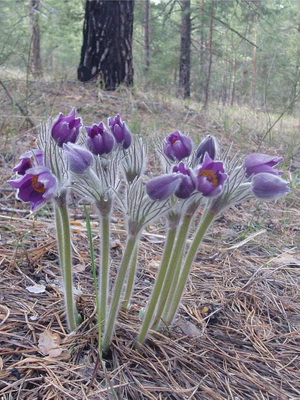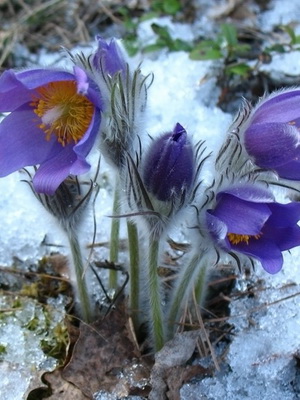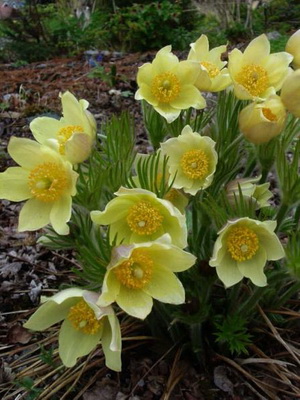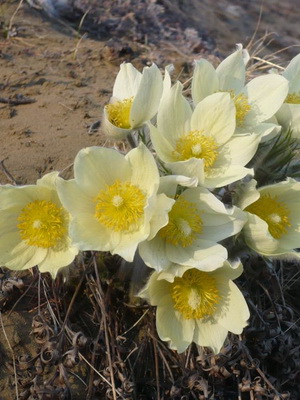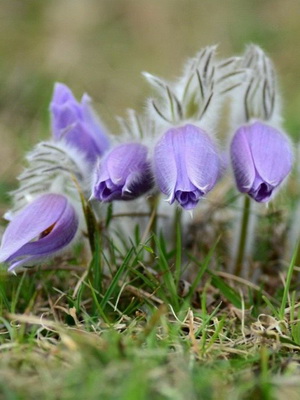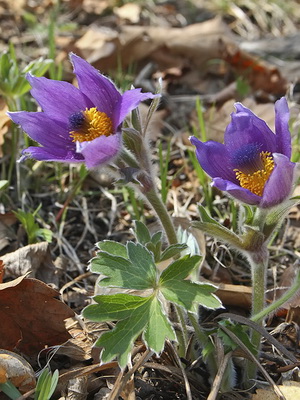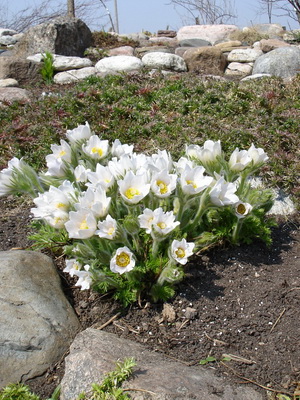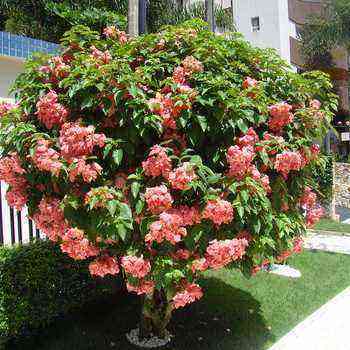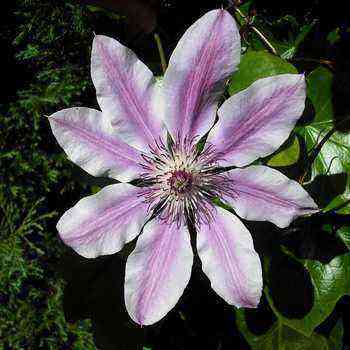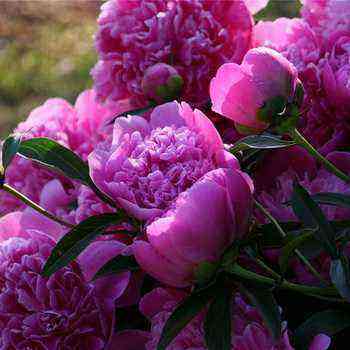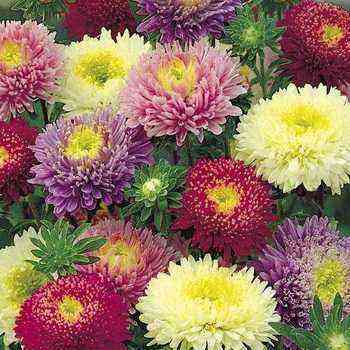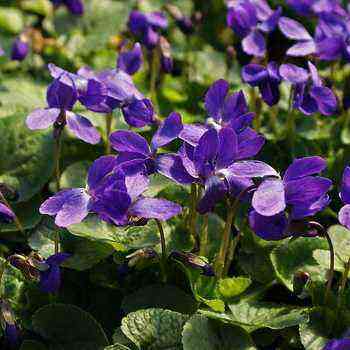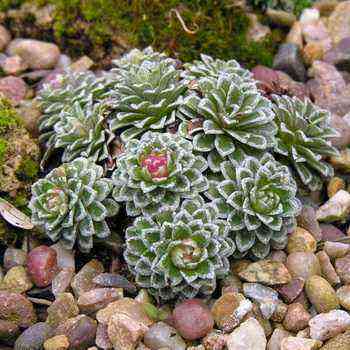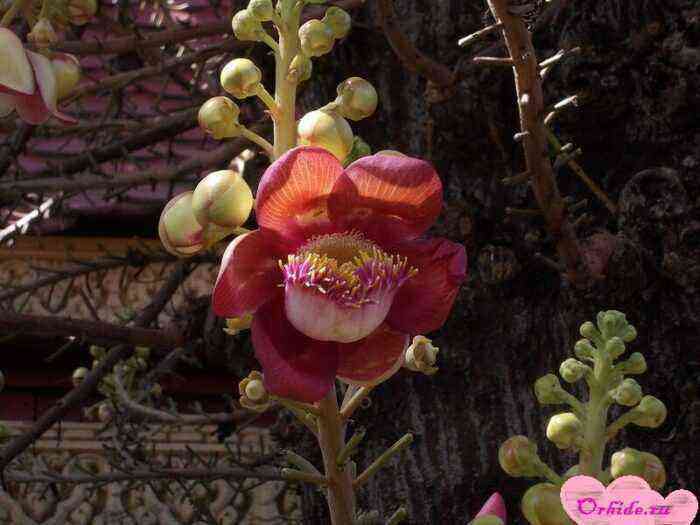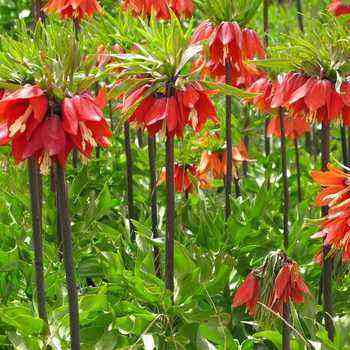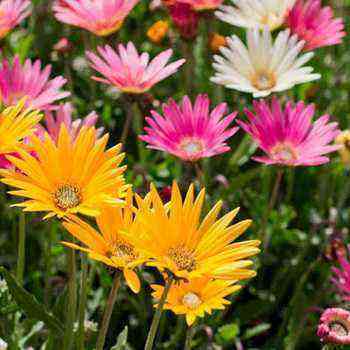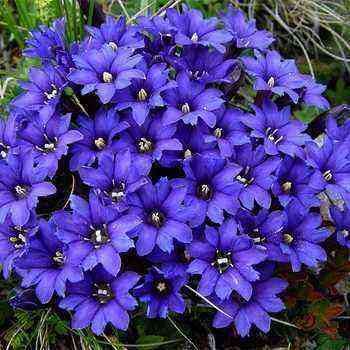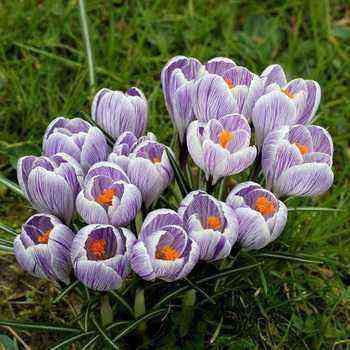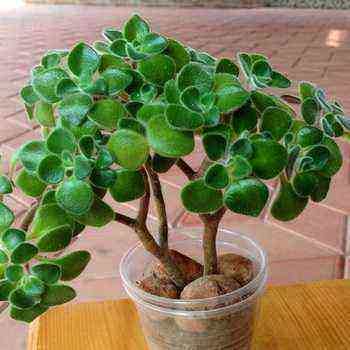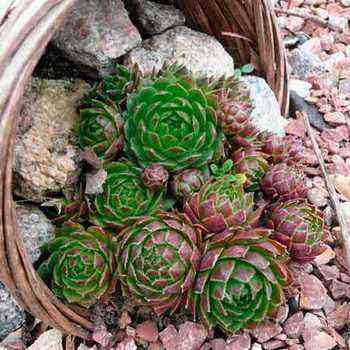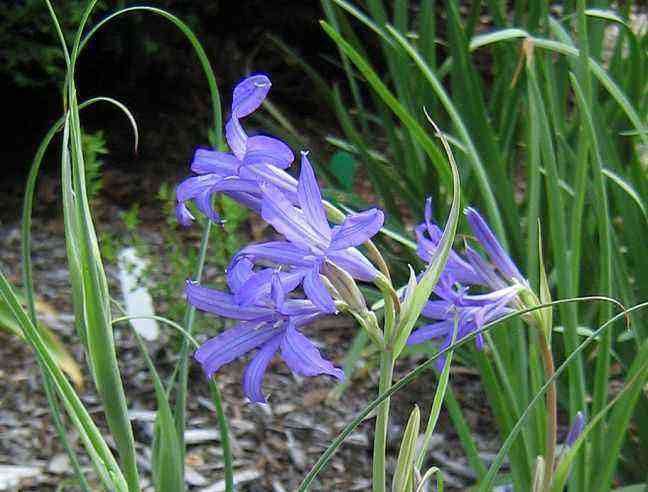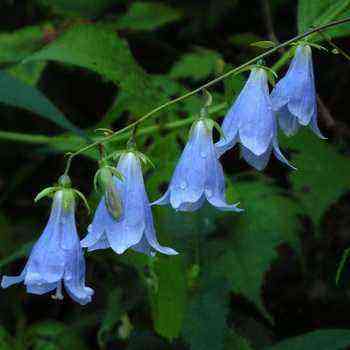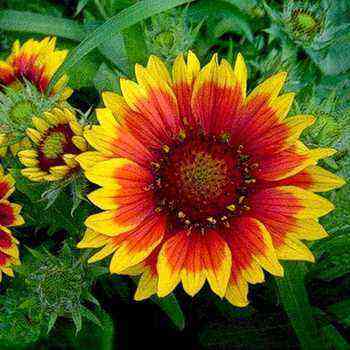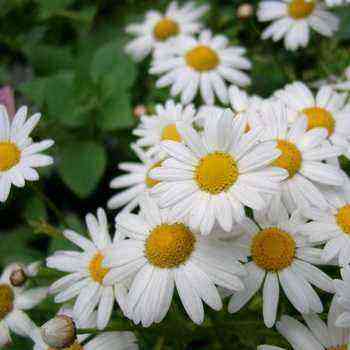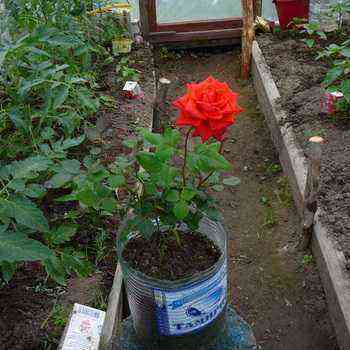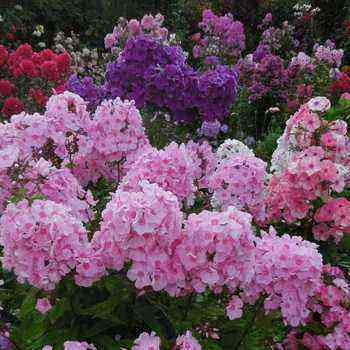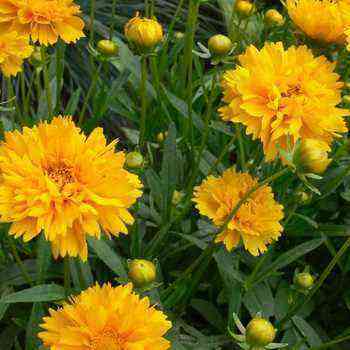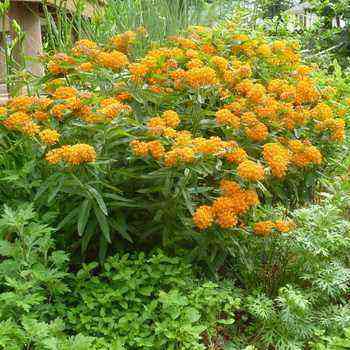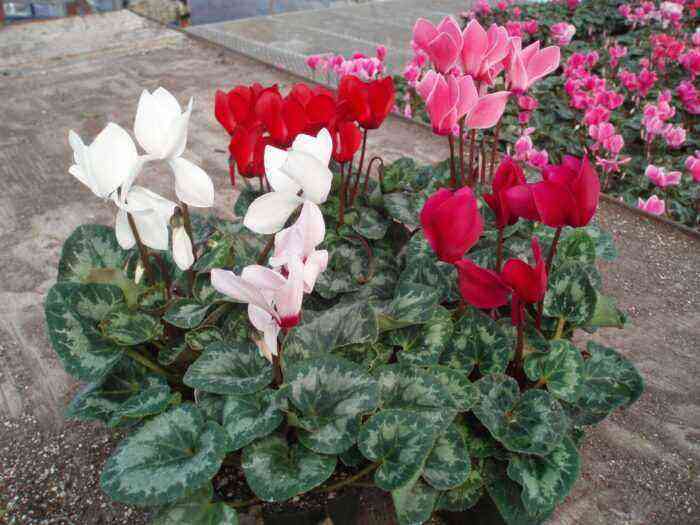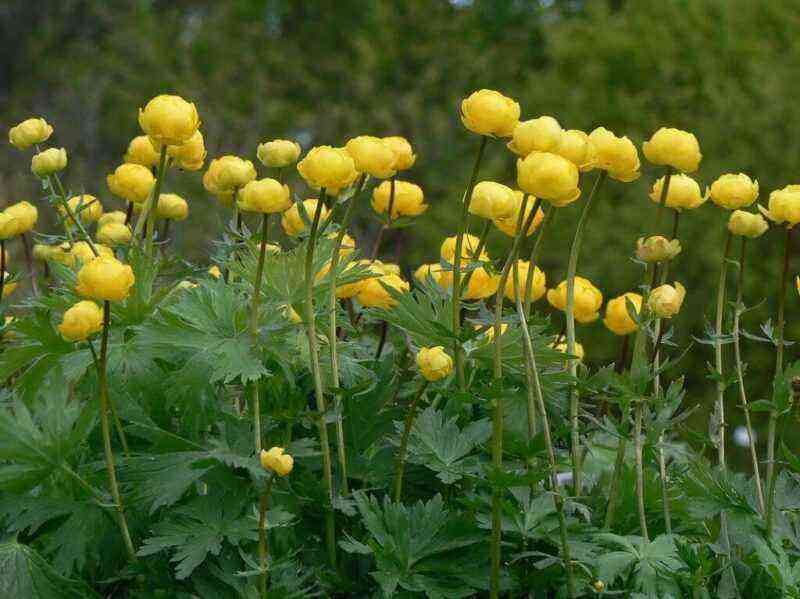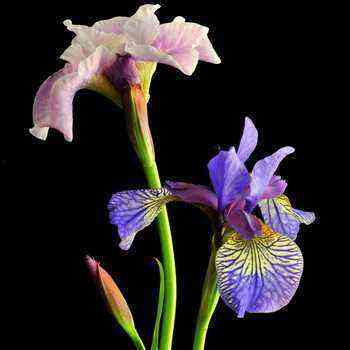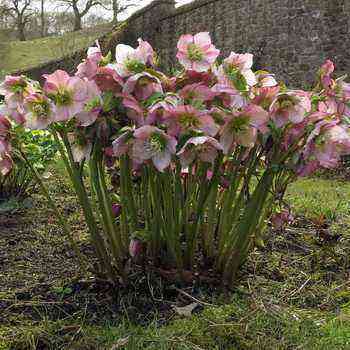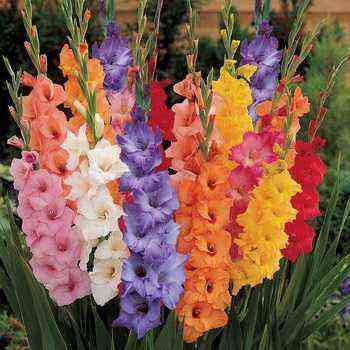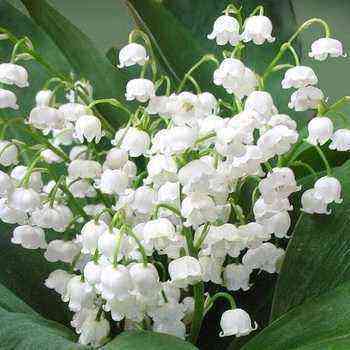
Pulsatilla is common throughout the Northern Hemisphere. The genus has about 40 species, many of which have been known since time immemorial and have long been used in gardening.
Next, you can familiarize yourself with a photo of a dream-grass and a description of the places where this flower grows.
Wherever you live, it is likely that at least one type of lumbago grows in your area. Where sleep-grass grows, there is usually a lot of sun. This plant loves warm places: forest edges, meadows, soddy slopes. Occasionally it can be found in light pine forests. Flowers growing in mountains prefer open, grassy areas.
As you can see in the photo, the lumbago flower is a rather large plant:
The diameter of an adult bush can reach half a meter. Lumbago leaves grow back during flowering or later. Unlike most May flowers, sleep-grass blooms for a long time, 2-3 weeks. The most “long-playing” ones can bloom in June. And the early species – open lumbago ( P. patens ) and yellowing ( P. flavescens ) – on the contrary, overtake most snowdrops, opening flowers in April.
Look at the photo, what a flower of various types of lumbago looks like:
What plants can you recommend for growing in Russian gardens?

Turchaninov’s blue-eyed lumbago
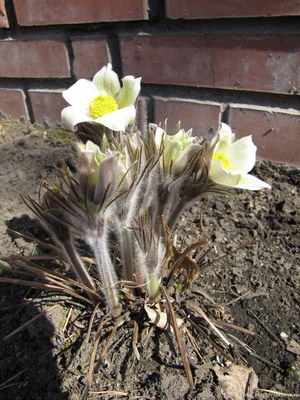
Fluffy yellowing
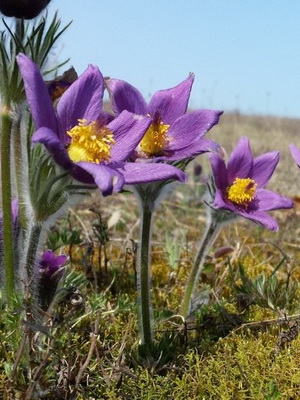
Many-faced ordinary
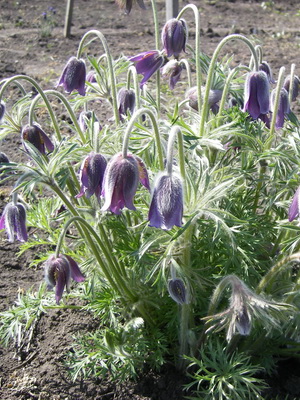
Humble bell-shaped
All are good, without exception – and Turchaninov’s blue-eyed lumbago ( P. turczaninovii ), And fluffy yellowing and many-faced ordinary ( P. vulgaris ), And modest bell-shaped ( P. campanella ), And pearl fluffy spring ( P. vernalis ). All of them winter well, while each is sweet and charming in its own way.
Here are a photo of a dream-grass, the description of the types of which is given above:
Growing a flower lumbago in the garden
Lumbago (sleep-grass) grows well in the sun itself. Of course, you can plant it in partial shade. But experience shows that abundant flowering in this case should not be expected. And the plants covered with crowns of large deciduous trees will wither in 3-4 years.
Below are a photo of a lumbago flower and a description of the agricultural technology for its cultivation:
Sleep grass goes well with spring primroses. For example, common lumbago and stemless primrose hybrids bloom at the same time.
Also, in the immediate vicinity of the lumbago, you can plant small-bulbous ones that do not require digging. Bulbous ones will flourish in the spring, and in the summer the leaves of the lumbago will cover the empty place.
Lumbago also gets along well with larger herbaceous perennials. It is important that the neighbors do not grow too actively. Sunny host varieties and Chinese miscanthuses, aquilegia and bells, geraniums, irises and even roses planted at some distance will make the lumbago a good company.
When choosing a place to grow a lumbago flower, keep in mind that you are planting it forever. The fact is that it is almost impossible to transplant an adult plant. Long, deeply penetrating roots are very vulnerable and should not be disturbed. But with a successful placement, sleep-grass bushes can delight the grower for at least fifteen years. When planting, add crushed limestone or dolomite flour to the hole.
In nature, they grow most often on fairly fertile soils. In the spring, you can (but with caution) add mullein, in the summer – mineral complex fertilizer, and closer to autumn – phosphorus-potassium. But even if you do not feed the lumbago, they will still grow and bloom magnificently.
The growing conditions of lumbago in nature indicate that these plants cannot stand being trapped. This rule applies to all species without exception. Drought – please, especially if the dream-grass has already taken root. But diving headlong into the spring melt water can lead to the death of the plant.
Backache is quite difficult to propagate. Professionals sometimes propagate sleep-grass by root cuttings, and sowing seeds is more accessible to an amateur.
The seeds of most sleep grass species do not need stratification. The exception is alpine lumbago (P. alpina) and its varieties. Other types of sleep-grass successfully germinate in the sun when the soil warms up well. They sow lumbago at home, in March, when the sun, as they say, burns with all its might. Sometimes the seedlings have to help to throw off the “hat”. Young people will be “shot” at the stage of two or three real leaves, I put them in tall cups. In them, young people are waiting for landing in the ground.
When sown in March, the sleep-grass grows better. By the fall, a rather large bush develops, which can bloom next spring. If you sow lumbago later, you will have to wait a year longer for the first flowers.

